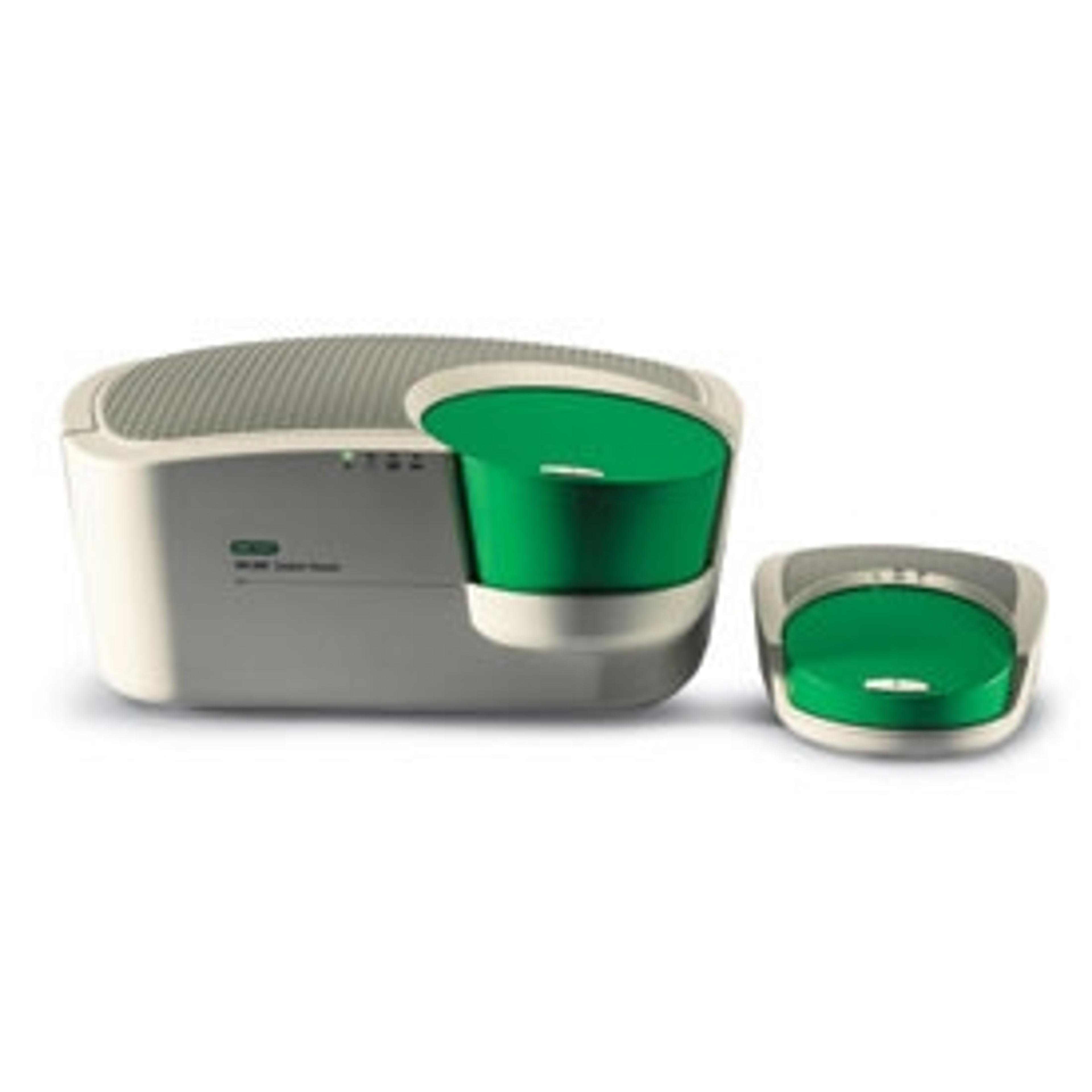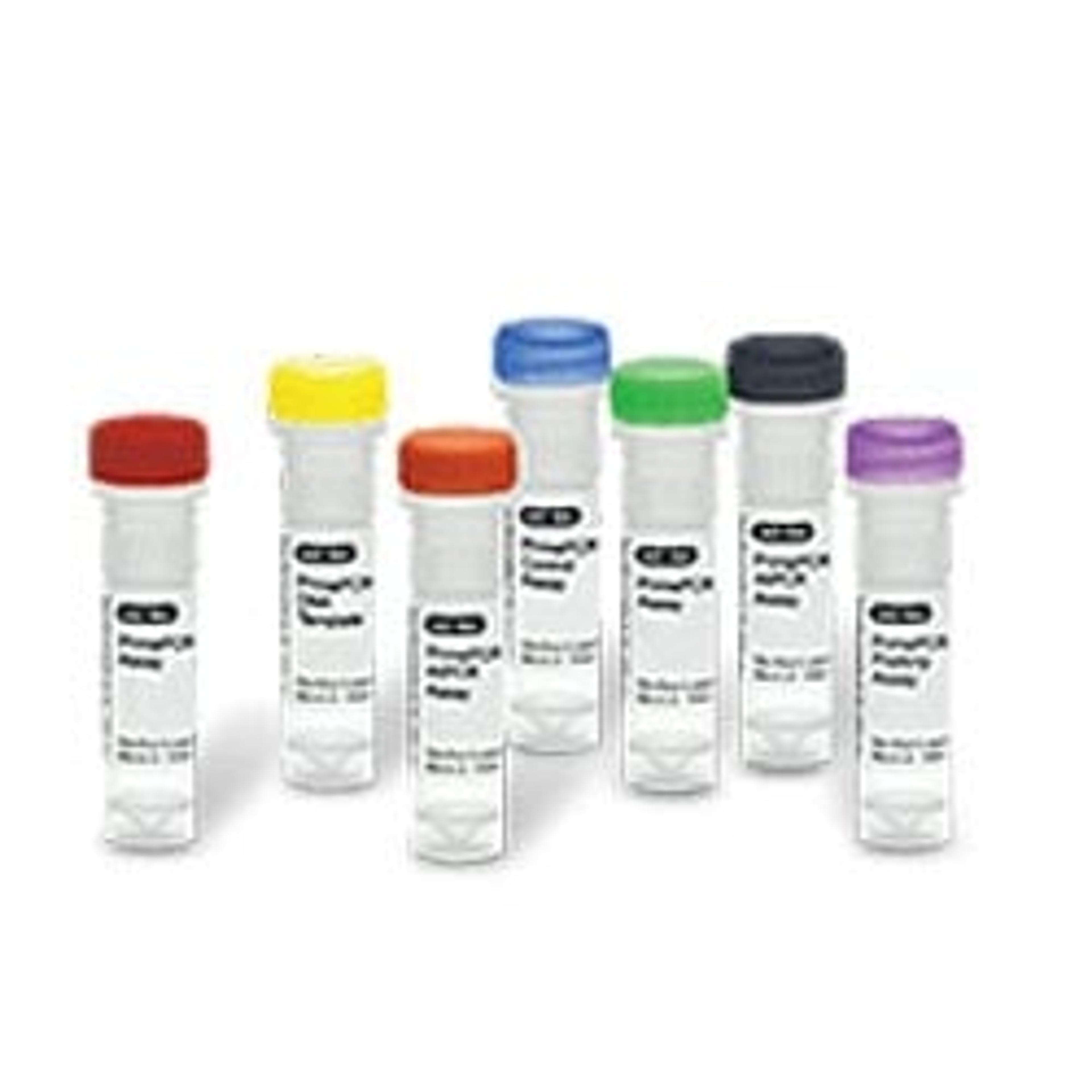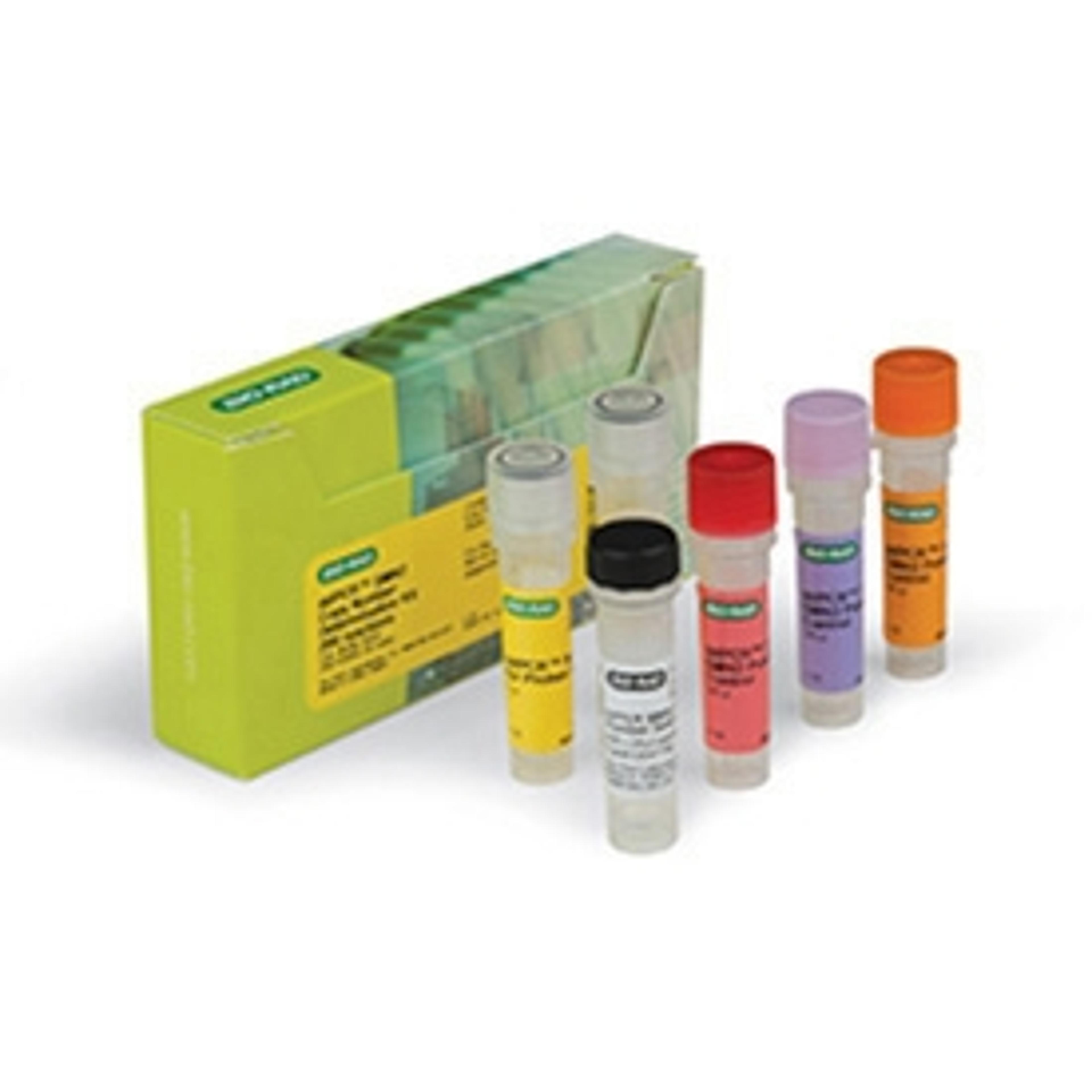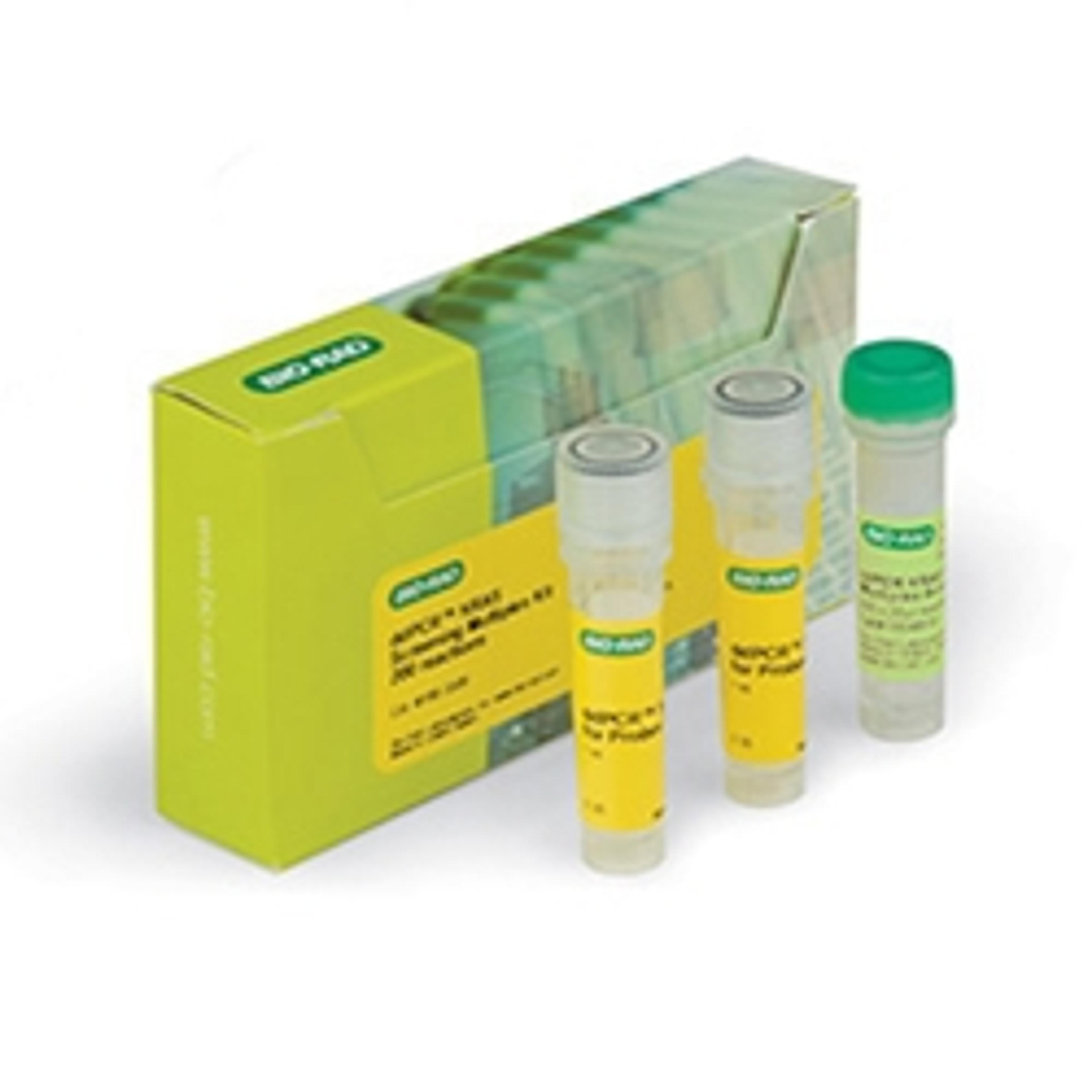Risk Factors for Prostate Cancer Identified and Validated Using Droplet Digital PCR
Learn how digital PCR is advancing cancer genetics research at Louisiana State University Health Sciences Center
17 May 2016

Professor of Genetics, Diptasri Mandal and graduate student, Kirsten Wood, from Louisiana State University Health Sciences Center spoke to SelectScience® at AACR 2016 about their latest research that has identified genetic risk factors of hereditary prostate cancer and used droplet digital PCR (ddPCR) to validate these genetic abnormalities.
Professor Mandal revealed that their research has successfully identified genetic risk factors of hereditary prostate cancer by screening a genetic database of families in Southern Louisiana with hereditary cases of prostate cancer. The work focuses on structural variations in the genes of these families to identify regions of interest containing copy number variations (CNVs), which are candidates for conferring genetic risk of developing prostate cancer.
Identification and validation of genetic risk factors
Professor Mandal’s group used linkage analysis and array comparative genomic hybridization to identify genomic regions of deletion or duplication in families with hereditary prostate cancer, known as CNVs. However, regions of interest found using these methodologies require further, more accurate validation. Prof Mandal states, “We used qPCR before to do the quantitative measurement of the deletions and duplications but then we came to know about ddPCR.”
Graduate student, Kirsten Wood, has been developing ddPCR assays using the QX200™ Droplet Digital PCR System, in collaboration with Bio-Rad to confirm and validate the previously identified regions of interest. As Kirsten explains, “qPCR offers relative quantification whereas ddPCR offers absolute quantification.” The greater sensitivity and precision of ddPCR is ideal for quantifying these germline mutations, which are rarer and more difficult to detect.
Future implications for precision medicine
Although these genetic abnormalities were identified in families with hereditary prostate cancer, they may also have implications for non-hereditary prostate cancer. Prof Mandal’s team are now investigating whether the same CNVs exist in non-hereditary cancer cases. Using this approach there is potential to identify genetic markers for prostate cancer susceptibility. This falls under the umbrella of precision medicine. In the future, men could be screened for confirmed genetic risk factors, enabling early preventative measures to be taken or enhancing early diagnosis to improve treatment outcomes. Ultimately, identification of genetic risk factors for prostate cancer could save lives and this strategy could be applied to other cancers.
Watch this video interview with Prof Mandal and find out more about the latest innovations in cancer research in our AACR 2016 special feature.
Do you use Bio-Rad’s QX200™ Droplet Digital PCR System? Tell us what you think, leave a review today.






